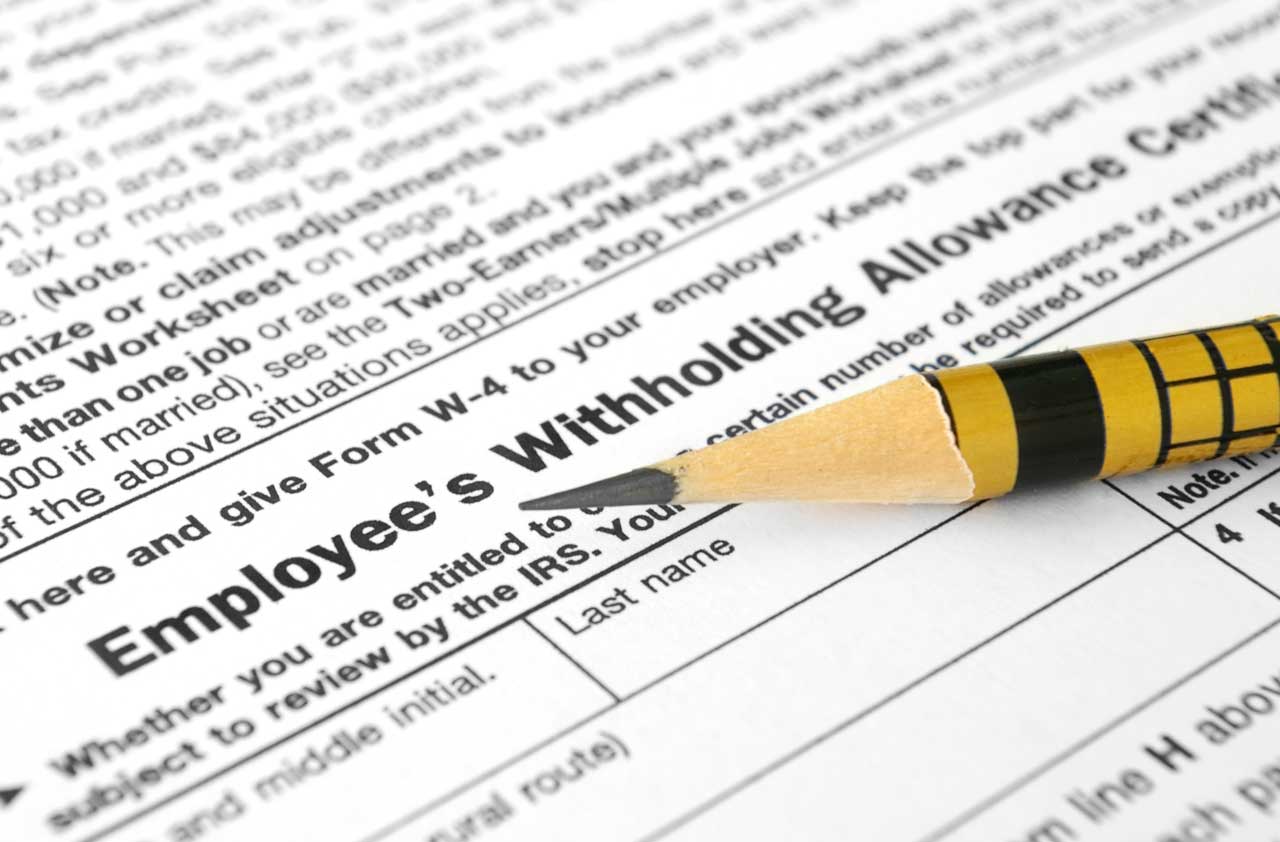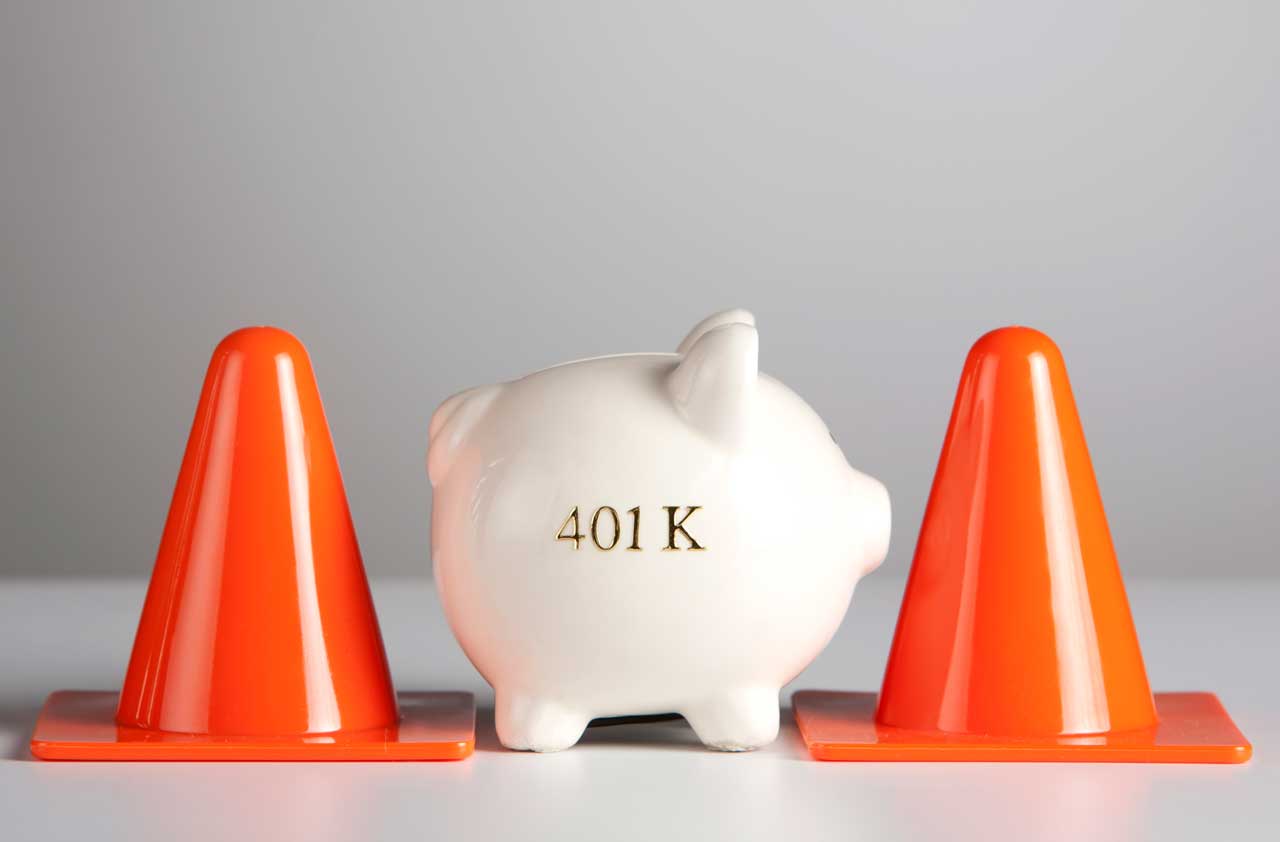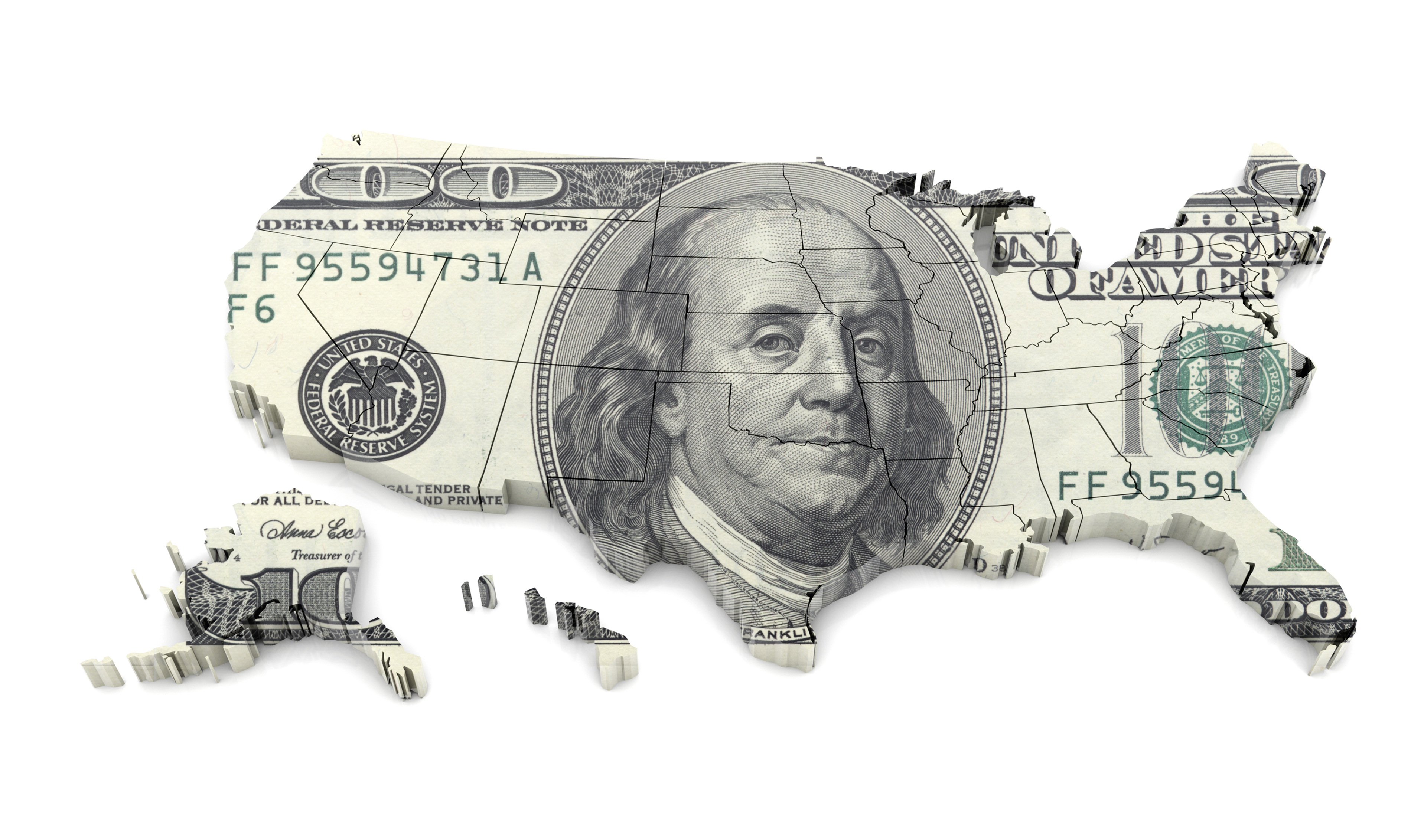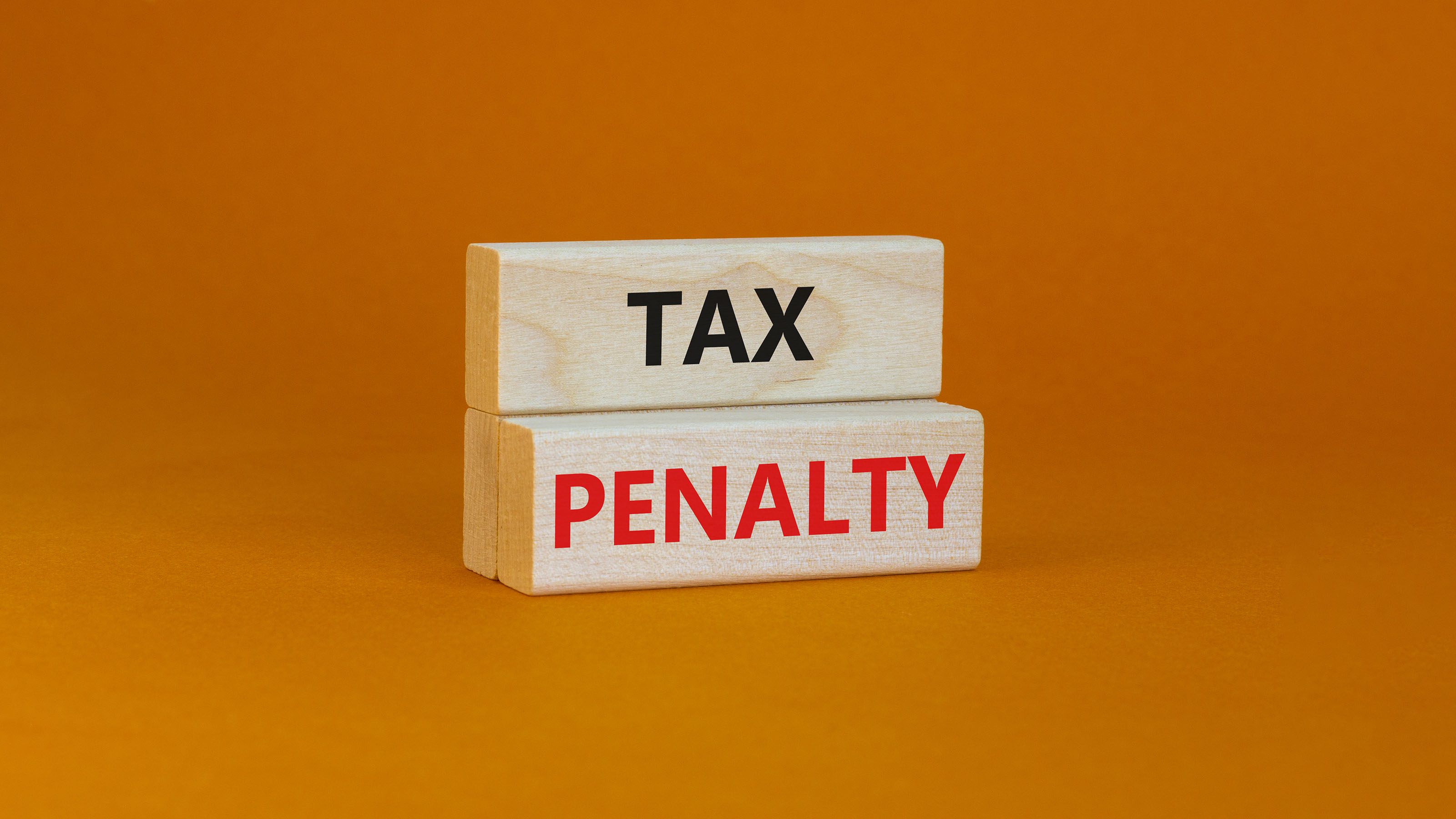8 Smart Mid-Year Tax Moves to Make Right Now
How you doin’ with those New Year’s Resolutions?


How you doin’ with those New Year’s Resolutions?
As we reach the half-way point of 2015, you should have a pretty good idea of your progress ... or lack thereof. When it comes to your taxes, we believe there is no better time than right now to make sure you’re doing everything possible to limit what you’ll owe the IRS for 2015. Here are eight ideas to help you see where you stand now and, more importantly, resolve to do better as the year progresses.

Fix Your Withholding
The IRS is about done sending out tax refunds to folks who filed by the April 15 deadline. So far, just over 100 million checks and electronic deposits have been issued, averaging $2,700 each.
If you’re a serial refund-receiver, you have a golden opportunity to give yourself a mid-year pay raise. Simply tell your boss to quit sending so much of your salary off to the IRS. This story tells you how to file a new W-4 form at work to cut withholding and increase your take-home pay. We have created an easy-to-use calculator that will show most taxpayers exactly how many extra allowances to claim on the W-4 to match withholding to how much tax they’ll really owe.
If you’re on track for an average-size refund for 2015, fixing your withholding will boost your take-home pay by about $225 a month for the rest of the year. And, since it’s already midyear, you’ll still get a healthy refund next spring.

Midyear Adjustment for Obamacare
Anyone receiving a subsidy to help cover the cost of medical insurance under the Affordable Care Act is walking through something of a financial minefield.
If your income or family size changes during the year (maybe you got an unexpected raise or a new baby has arrived or a new college grad departed), the size of your subsidy could be affected. Check to make sure that the estimates you submitted when you got this year’s policy are holding true. If not, let healthcare.gov or your state insurance exchange know as soon as possible. The subsidy—which affects the premiums you’ll pay for the rest of the year—can be adjusted. If a new reality means you deserve a bigger subsidy, you can pay lower premiums for the rest of the year.
If a change means your subsidy should fall, it’s better to pay higher premiums for the rest of the year than be hit with a surprise bill when you file your tax return next spring.

Reevaluate Your 401(k) Contributions
For 2015, workers under age 50 can contribute as much as $18,000 to their 401(k) accounts and older workers can contribute as much as $24,000. Last year’s limits were $17,500 and $23,000. How close are you to maxing out?
You know you need to contribute at least enough to capture 100% of any employer match (otherwise you’re leaving money on the table). But, take a look at your budget and see if you can squeeze more into this tax shelter. An extra $100 a month for 25 years costs you $30,000 but adds up to nearly $100,000 extra in your retirement nest egg, assuming an average 8% annual return. And remember, $100 into a traditional 401(k) cuts take-home pay by just $75 if you’re in the 25% federal tax bracket (and less if you save on state taxes, too).

Flex Check
Do you recall how much of your salary you diverted to a flexible spending/reimbursement plan to cover 2015 medical or child care bills?
Remember, this is use-it-or-lose-it money and that makes midyear a good time to check how reimbursable spending is tracking with the amount you set aside. If child-care is proving less expensive than you projected, for example, maybe a summer day-camp is in your qualifying child’s future. (While day camp expenses qualify for reimbursement, overnight camps do not.) If good health has left you with a pile in a medical reimbursement plan, start planning now for the best ways to make the most of that money so you don’t forfeit a dime.

Probe Your Taxable Portfolio
Come November and December, financial publications and Web sites will be flooded with advice on year-end investment moves.
But there’s no reason to wait until the leaves fall off the trees. Take the temperature of your investments now. If you decide it’s time to take some money off the table by realizing profits now, consider whether this is a good time to harvest losses. Never make an investment move solely for tax purposes. But the tax-saving power of dumping a poor performer might be the extra push you need to seek out a better investment.

For the Newly Minted Septuagenarian
Those who celebrated their 70th birthday during the first half of 2015 will be 70 ½ by year-end ... and that means the beginning of required minimum distributions (RMDs) from IRAs and other retirement plans.
The first payout is 3.65% of the balance in your accounts at the end of 2014. For IRAs, you’ll combine the balance in all your traditional IRAs to determine your RMD. You can withdraw the required amount from any combination of accounts. For 401(k)s and other employer plans, you must figure separate RMDs for each plan based on the December 31, 2014 balance. Since this is your first RMD, you have until next April 1 to make the withdrawal. But if you postpone it past December 31, you’ll be forced to take two RMDs in 2016, which could boost you into a higher tax bracket. Start planning your strategy now.
CALCULATOR: What Is My IRA Required Minimum Distribution?

Let Uncle Sam Help with Your Debt
Check your credit card bills to see how much interest you’ve paid in 2015. If you keep going at this pace, how much will you pay for the entire year?
Now, ask yourself if it would make sense to use home equity borrowing to pay off the credit cards. While you can’t deduct interest paid on the cards, if you itemize, you can write-off interest paid on up to $100,000 of home-equity debt. Imagine this: $10,000 of credit card debt at 15% costs you $1,500 a year in carrying charges. The same $10,000 of debt on a 4.5% home-equity line of credit costs $450. And, if you’re in the 25% tax bracket, Uncle Sam effectively picks up $112.50 (and if you pay state income taxes, your state government will lend a hand, too).

Take a Good Look at Yourself
The maddeningly complex federal tax law weaves its way into almost every aspect of our lives. And, as our lives change, so do the tax rules we need to understand. If 2015 has already brought significant change to your life—or is sure to do so in the months ahead—check out these collections of the most overlooked tax breaks for New College Grads, New Parents, the Newly Divorced, the Newly Retired and the Newly Widowed. Make sure you don’t overlook one that could save you money.
Profit and prosper with the best of Kiplinger's advice on investing, taxes, retirement, personal finance and much more. Delivered daily. Enter your email in the box and click Sign Me Up.

-
 Forget FIRE: Why ‘FILE’ Is the Smarter Move for Child-Free DINKs
Forget FIRE: Why ‘FILE’ Is the Smarter Move for Child-Free DINKsHow shifting from "Retiring Early" to "Living Early" allows child-free adults to enjoy their wealth while they’re still young enough to use it.
-
 7 Tax Blunders to Avoid in Your First Year of Retirement
7 Tax Blunders to Avoid in Your First Year of RetirementA business-as-usual approach to taxes in the first year of retirement can lead to silly trip-ups that erode your nest egg. Here are seven common goofs to avoid.
-
 How to Plan for Social Security in 2026's Changing Landscape
How to Plan for Social Security in 2026's Changing LandscapeNot understanding how the upcoming changes in 2026 might affect you could put your financial security in retirement at risk. This is what you need to know.
-
 Ten States with the Lowest Sales Tax in 2025
Ten States with the Lowest Sales Tax in 2025Sales Tax Living in one of the lowest sales tax states doesn't always mean you'll pay less.
-
 10 Least Tax-Friendly States for Middle-Class Families
10 Least Tax-Friendly States for Middle-Class FamiliesState Tax Here’s what living in one of the least tax-friendly states for middle-class families costs residents.
-
 Low-Tax States for 'Middle-Class' Families in 2026
Low-Tax States for 'Middle-Class' Families in 2026State Tax Here are the best states for families with middle incomes (due to low tax burdens).
-
 15 States That Tax Military Retirement Pay (and Other States That Don't)
15 States That Tax Military Retirement Pay (and Other States That Don't)retirement Taxes on military retirement pay vary from state-to-state. How generous is your state when it comes to helping retired veterans at tax time?
-
 5 Tax Deadlines for October 17
5 Tax Deadlines for October 17tax deadline Many taxpayers know that October 17 is the due date for filing an extended tax return, but there are other tax deadlines on this date.
-
 Penalties for Filing Your Tax Return Late
Penalties for Filing Your Tax Return Latetax deadline Stiff penalties await those who didn't file their return (or pay any tax owed) by the tax filing deadline.
-
 9 Tax Deadlines for April 18
9 Tax Deadlines for April 18tax deadline Between requesting a tax extension, making IRA or HSA contributions, and meeting other tax deadlines, there's more to do on Tax Day than just filing your federal income tax return.
-
 12 IRS Audit Red Flags for the Self-Employed
12 IRS Audit Red Flags for the Self-Employedtaxes If you are self-employed, minimize the odds of an IRS audit by avoiding these audit triggers.
